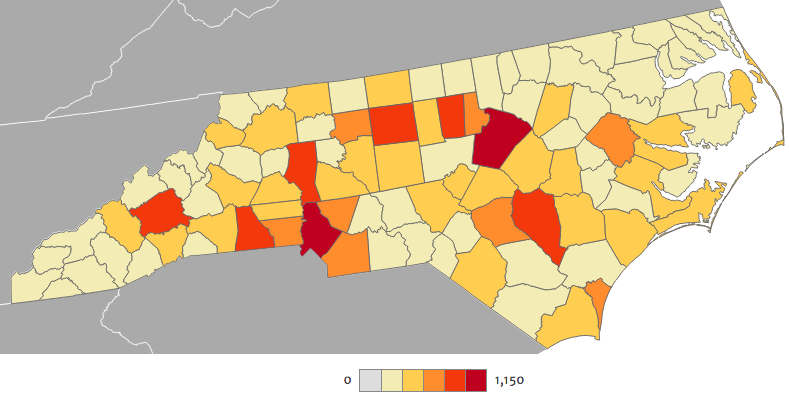
IURC to Address Questions Regarding the Implementation of Net Metering Legislation, SEA 309
Requests Comments, Questions for July 20 Technical Conference
FOR IMMEDIATE RELEASE
Indianapolis (June 15, 2017) - Following questions from those involved in the installation of solar panels and other net metering equipment, the Indiana Utility Regulatory Commission (IURC) is hosting a Technical Conference as a forum to address questions and concerns regarding the implementation of the newly-enacted Indiana Code chapter 8-1-40 (Senate Enrolled Act [SEA] 309) on net metering and distributed generation, particularly the Dec. 31, 2017 deadline for the 30-year grandfather provision.
The Technical Conference agenda will be based on questions and comments submitted from the public and those involved in the installation of solar panels and other net metering equipment seeking clarification on the implementation of SEA 309. Any questions or comments must be submitted in writing either via email toURCComments@urc.in.gov or via U.S. mail to General Counsel Beth Heline, Indiana Utility Regulatory Commission, 101 W. Washington Street, Suite 1500 E., Indianapolis, IN 46204 no later than June 28, 2017. All written input will be posted on the IURC’s website.
The Technical Conference will take place on July 20, 2017 from 2:00 to 4:00 p.m. in the IURC judicial courtroom 222, on the mezzanine level of the PNC Center, 101 W. Washington Street, Indianapolis, Indiana 46204.
Please note: The discussion at the Technical Conference will be only on the short-term implementation of Indiana Code chapter 8-1-40, and not the policy decision made by the Indiana General Assembly to enact this statute.
Individuals interested in attending the Technical Conference or watching the live stream can find more information here.
About the Indiana Utility Regulatory Commission (Commission) The Indiana Utility Regulatory Commission is a fact-finding body that hears evidence in cases filed before it and makes decisions based on the evidence presented in those cases. An advocate of neither the public nor the utilities, the Commission is required by state statute to make decisions that balance the interests of all parties to ensure the utilities provide safe and reliable service at just and reasonable rates.
The Commission also serves as a resource to the legislature, executive branch, state agencies, and the public by providing information regarding Indiana’s utilities and the regulatory process. In addition, Commission members and staff are actively involved with regional, national, and federal organizations regarding utility issues affecting Indiana. For more information, please visitwww.in.gov/iurc.
Media Contact:
Stephanie Hodgin, (317) 233-4723, stehodgin@urc.in.gov











